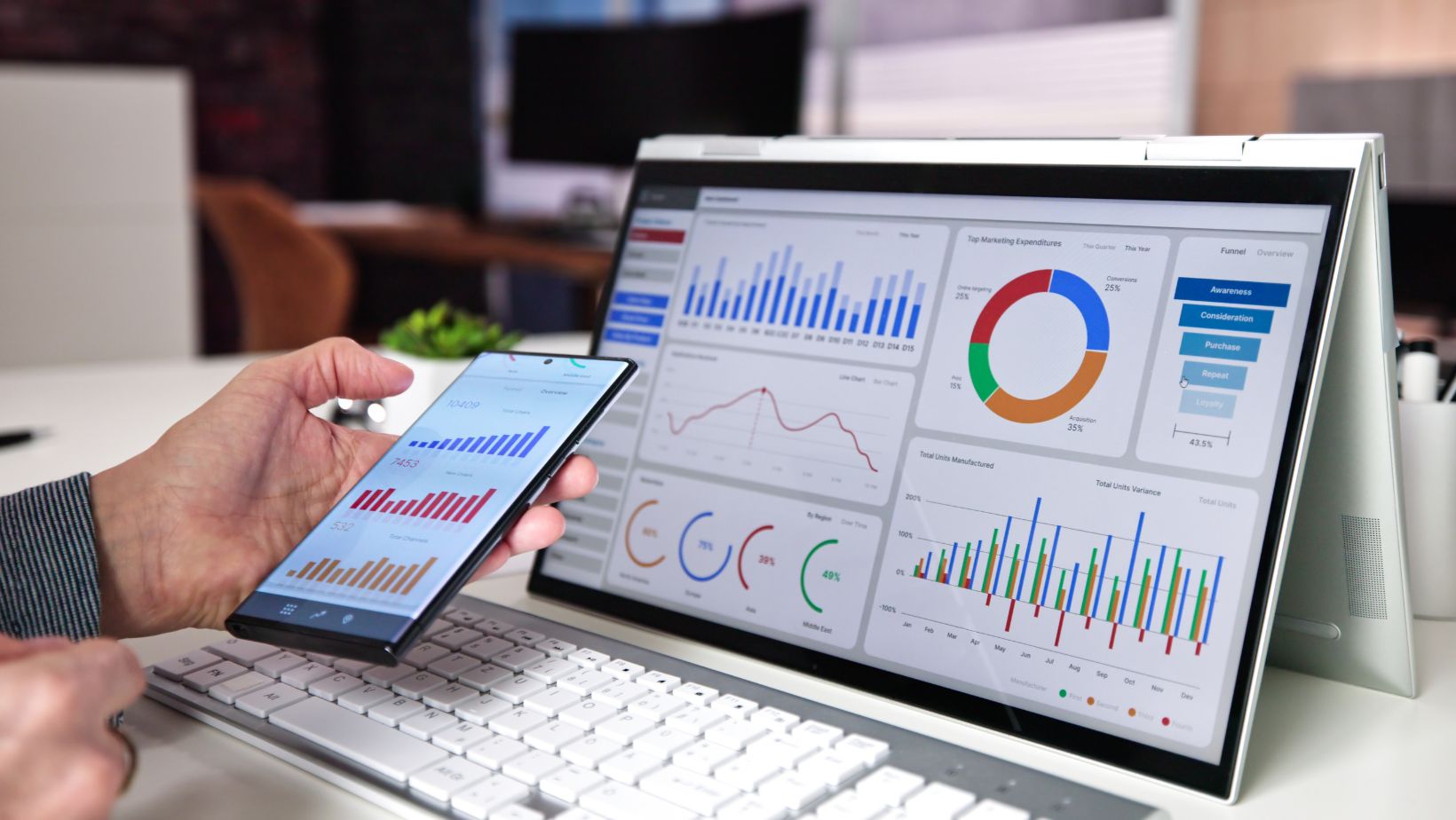Imagine trying to find a single grain of gold on a beach made of sand. That’s what analyzing big data without the right tools feels like – overwhelming and nearly impossible. Fortunately, just like prospectors have their pans and sieves, we have powerful software designed to sift through massive datasets and reveal the golden nuggets of insight hidden within.
The good news is you don’t need to be a tech wizard to benefit from big data. Think of these tools as your intelligent assistants, working tirelessly behind the scenes. Let’s explore some of the key players in this data-driven revolution, focusing on tools that are making waves in the world of big data analytics:
For starters, you’ve likely heard whispers of Hadoop and Spark. These are like the heavy-lifting infrastructure of the big data world. Hadoop, the veteran, is excellent at storing colossal amounts of data across computer clusters, like a vast, distributed warehouse. Spark, the speed demon, works alongside Hadoop (or independently) to process this data at lightning speed. Think of them as the foundation upon which many other analytics tools are built. For businesses, this translates to the ability to handle truly massive datasets efficiently and cost-effectively.

But understanding raw data is only half the battle. We need to visualize it, to see the patterns and trends that are otherwise invisible. This is where Tableau and Qlik Sense shine. These aren’t just charts and graphs; they are powerful visualization platforms that turn complex data into interactive dashboards and compelling stories. Imagine being able to see your sales trends geographically, customer behavior patterns over time, or identify bottlenecks in your operations – all at a glance. Tableau and Qlik Sense empower anyone, regardless of their technical background, to explore and understand data visually, making data-driven decisions accessible to everyone in your organization.
For those who prefer a more hands-on approach, programming languages like Python and R are essential. Python, with its vast libraries and user-friendly syntax, is incredibly versatile, handling everything from data manipulation and analysis to machine learning and visualization. R, specifically designed for statistical computing and graphics, is a powerhouse for in-depth statistical analysis and creating sophisticated data models. Learning Python or R opens up a world of possibilities for customizing your data analysis and building bespoke solutions.
Finally, as data grows, so does the need for databases that can handle the scale and speed.

Cassandra and MongoDB are NoSQL databases built for precisely this purpose. Unlike traditional databases, they are designed to be highly scalable and flexible, effortlessly handling massive amounts of unstructured or semi-structured data. For businesses dealing with real-time data streams, social media feeds, or rapidly expanding datasets, these databases are crucial for keeping pace with the data deluge.
Choosing the right tools for your specific needs can feel daunting. That’s why leveraging big data development services can be a game-changer. These specialized services provide expertise in navigating the complex world of big data, helping you select, implement, and manage the tools that perfectly align with your business goals and technical infrastructure. They can guide you through the process, ensuring you’re not just collecting data, but truly transforming it into actionable intelligence that drives growth and innovation.
In conclusion, the age of big data is here, and it’s transforming businesses across industries. By understanding the essential tools available and embracing the power of big data development services, you can move from feeling overwhelmed by data to harnessing its immense potential and unlocking a new era of informed decision-making.


